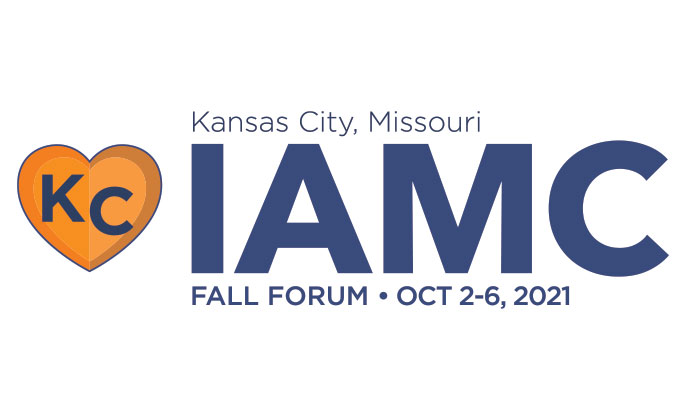What a difference a few weeks makes. In that time, it seems, vaccines have become widely available, cases of COVID-19 are plummeting nationwide and we as a nation are slowly returning to our retail shops, to our restaurants and to our workplaces. All of this bodes well for all segments of the industrial market — manufacturing, warehousing and distribution.
Of course, no upcycle is without its risks, and with a turn of social and economic events toward more positive times come new challenges. For instance, how often did you hear the issue of supply chain constrictions and the need for greater inventory efficiency come up during our recent (and highly successful, I might add) Spring Forum?
In a recent column, I asked where we are headed and how we will get through. “The answers,” I wrote, “have less to do with me than with pursuing our core purpose in this world: serving the members.”
It is ironic in a way that throughout 2020, we heard that we are all in this together. Yet, at no time has that been truer than right now, as we pivot to a more robust economy ready to do business. As was documented at the Fort Worth Forum, we face new challenges such as the above-mentioned supply-chain shortages for construction materials, which obviously impact development, as well as climbing fuel prices, which threaten cost-effective distribution channels.
I have heard members say that inventories might increase by 5% to 10%, just to have what has been called “safety stock” in order to weather interruptions. There is certainly effectiveness in that, but it is also a costly solution that runs counter to the just-in-time delivery strategies that have been put to practical use in the industry for years. (For more on the issue, please visit our Cornerstone Discussion Board at IAMC.org.)
There is much talk as well about reshoring manufacturing operations these days and the growth of satellite or decentralized distribution centers. Both strategies could have a positive impact on greater supply-chain control while simultaneously cutting back on fuel expenses. In addition, the latter strategy would also allow this industry to satisfy the growing consumer need for same-day deliveries.
On the first score, Chairman’s Circle sponsor Cushman & Wakefield recently reported that some 69% of nearly 750 surveyed manufacturers reported that they are exploring the return of production to the United States. Further, according to a recent blog by logistics provider Kardex, “Being closer to the customer decreases transportation costs and reduces the risk of supply-chain disruption if there is a delay/interruption in another part of the country.”
As we reaffirmed in Fort Worth, discourse is always good. We read, we study, we learn and we share. Sharing our thoughts and views as part of a vibrant organization of peers brings clarity, and through clarity, hope. Of course, no one really knows how the long-term, post-pandemic market will shape up, not this early in the upcycle, still fraught as it is with so much uncertainty.
However, this I know is true: As we pivot to what is tiringly called the “New Normal,” that hope will sustain us.
Jennifer Roth
Chair, IAMC Board of Directors
